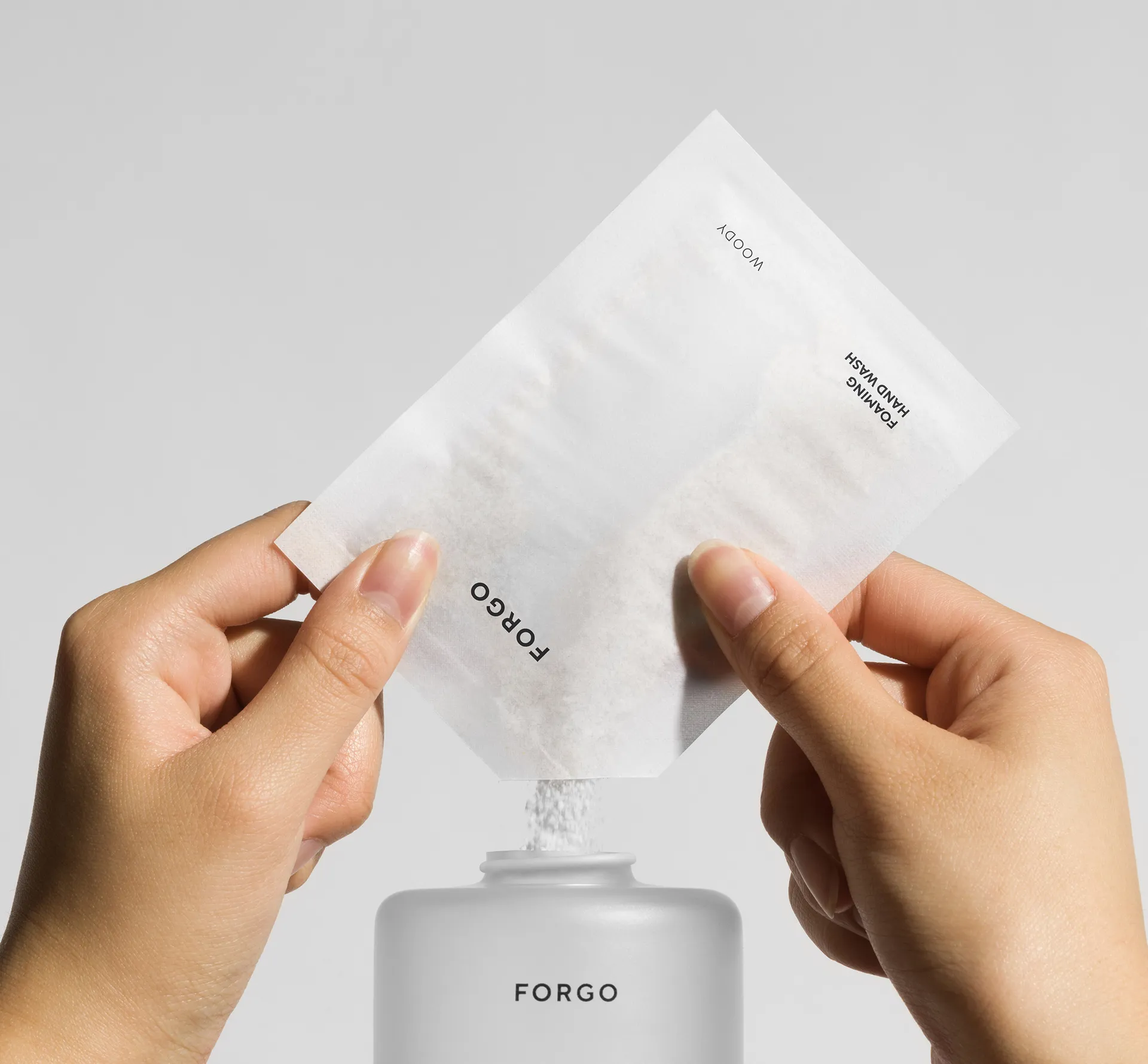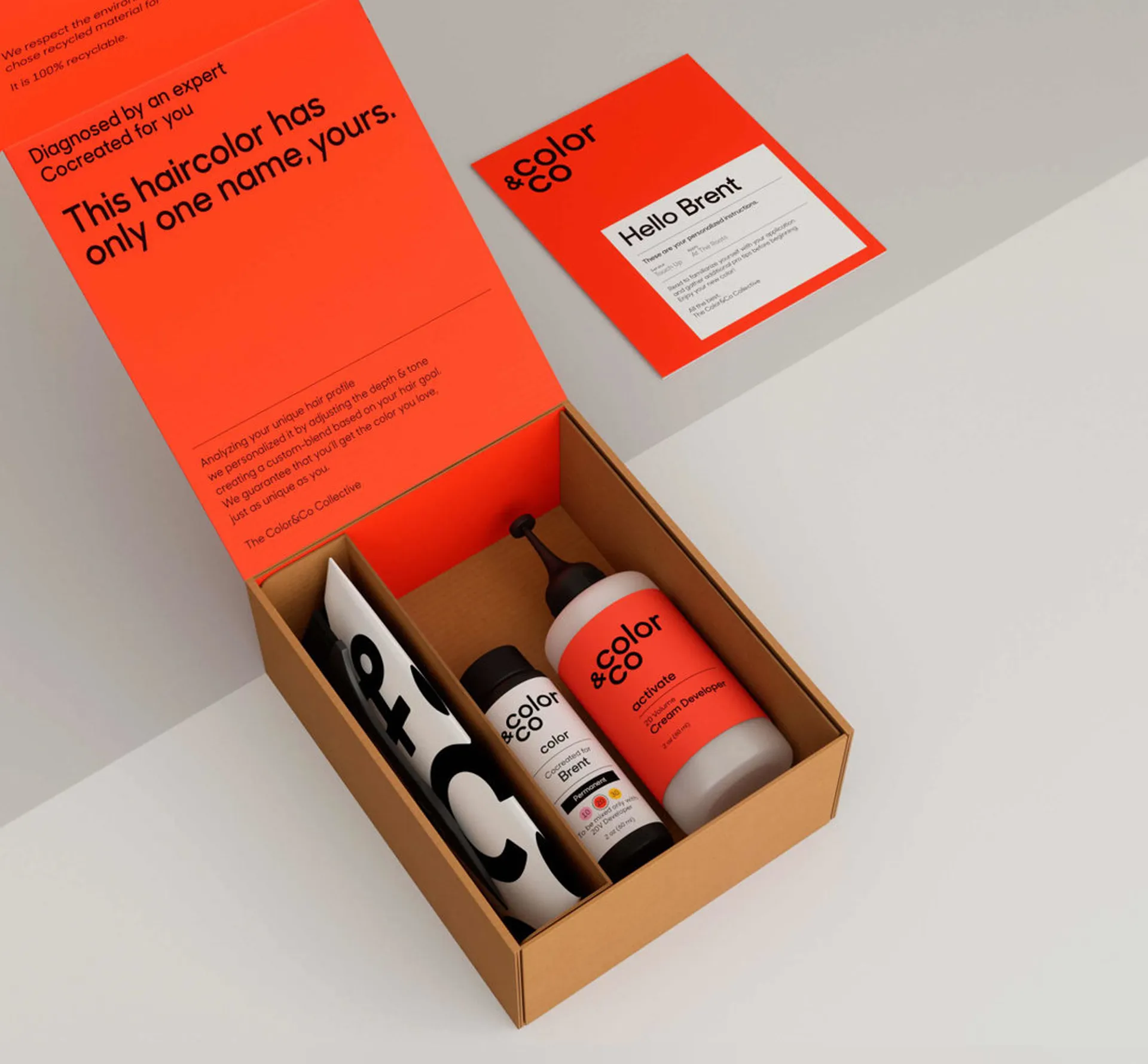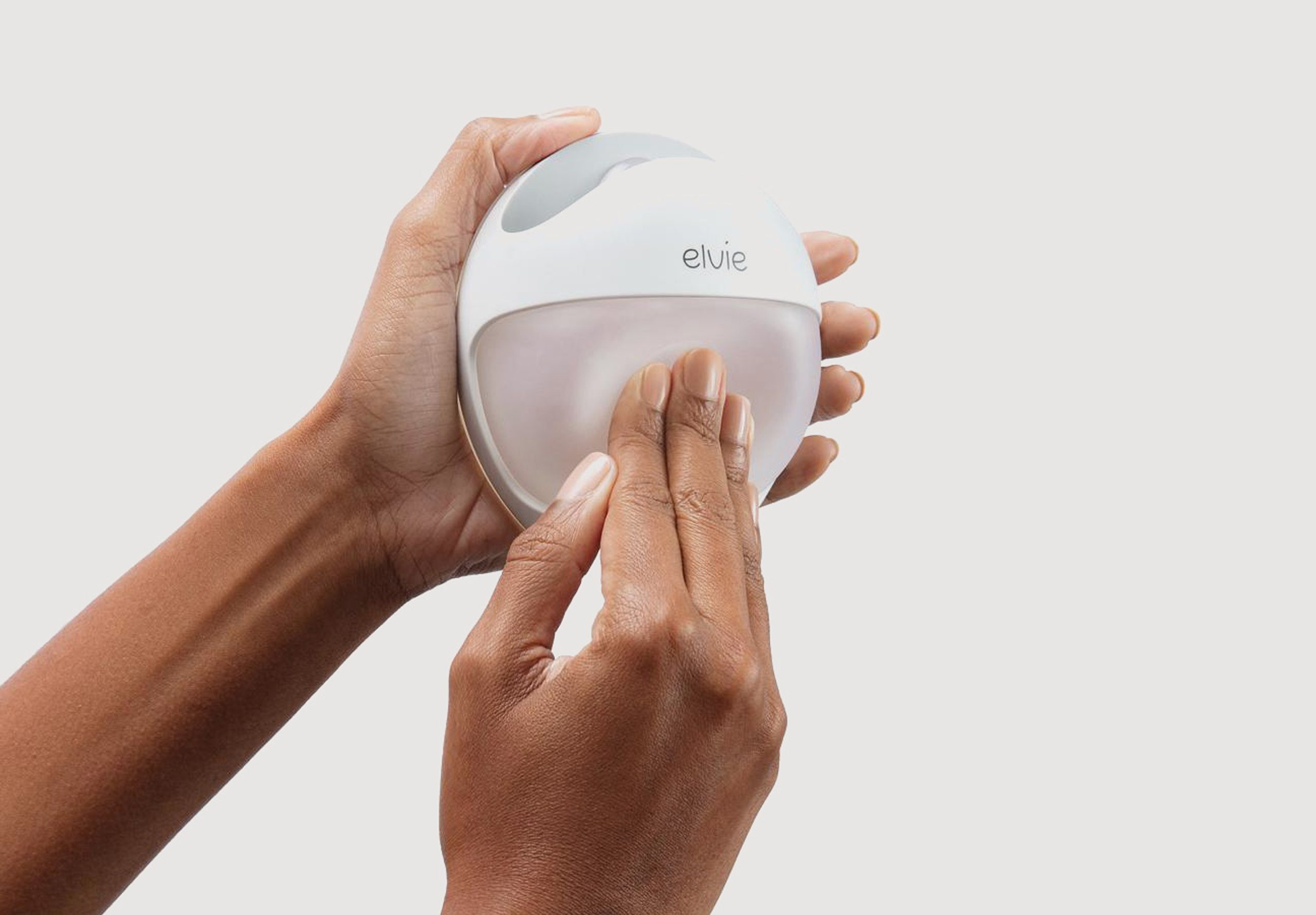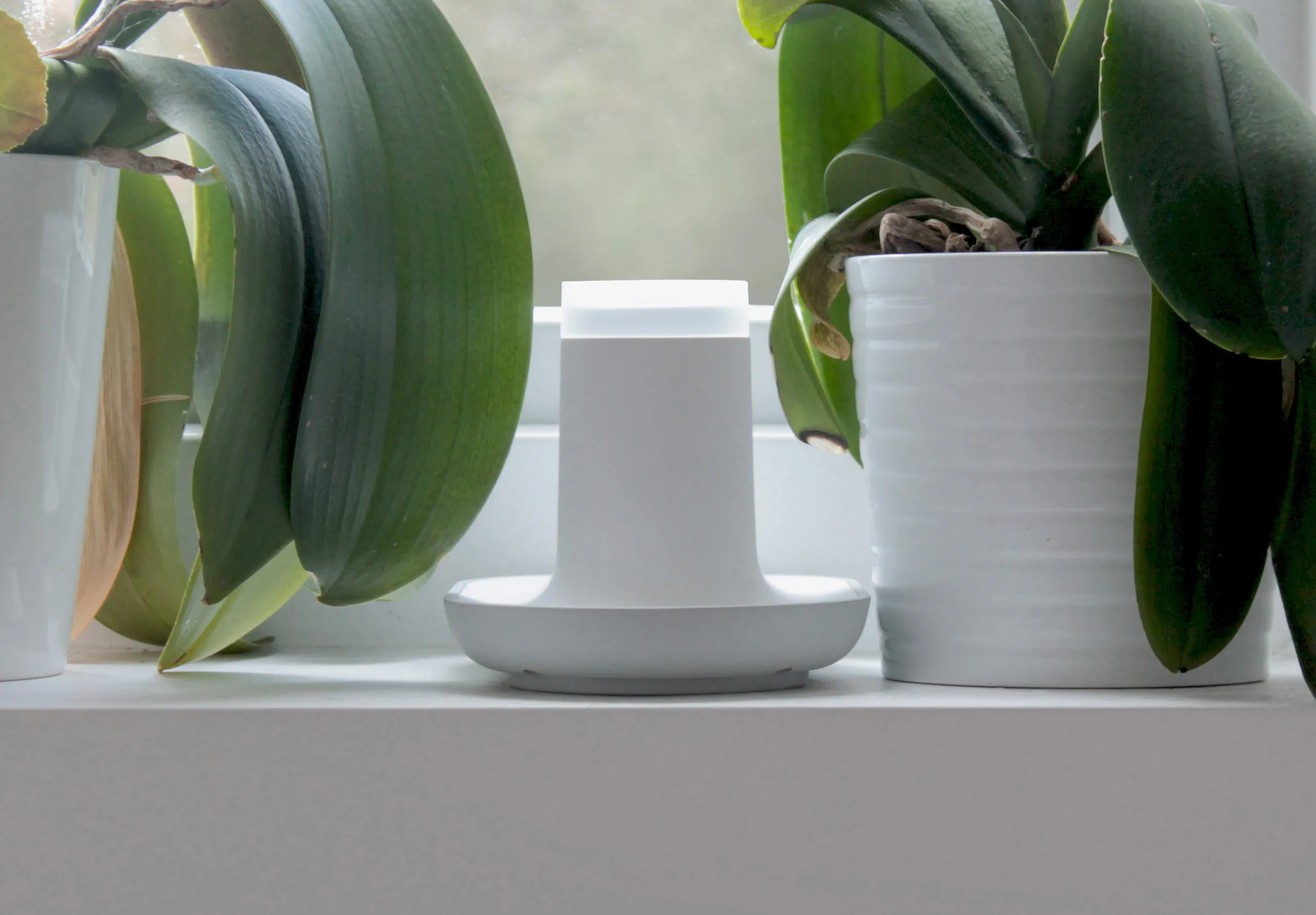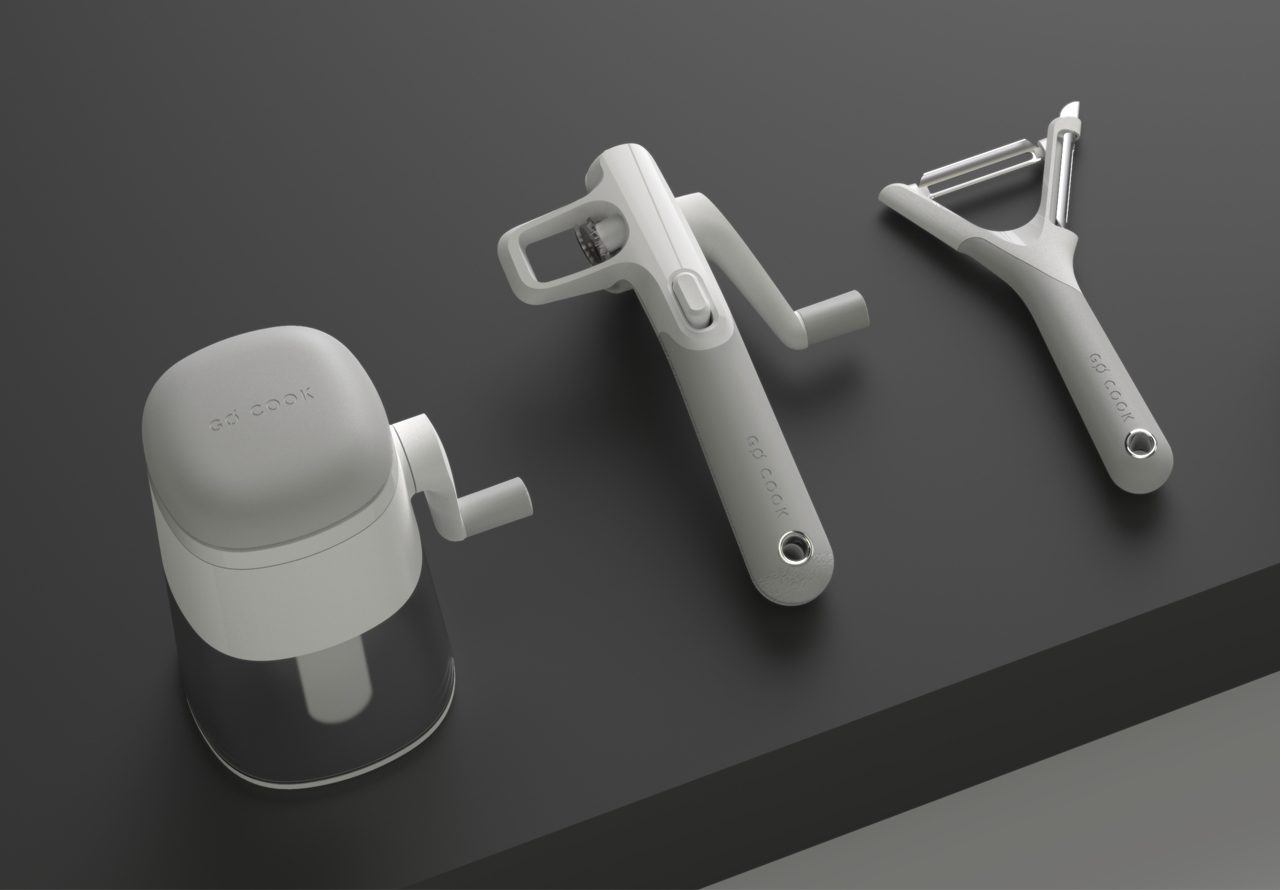Why D2C benefits brands and consumers
Since online shopping triggered the slow, regrettable death of the high street and traditional retail, consumer habits have become ever more centralised, personified by Amazon’s dominant and complete reach into every niche sector.
For brands large and small eager to tap into online sales, this poses a dilemma.
They can partner with Amazon, where competition is rife, and benefit from Amazon’s distribution and customer care services. Or, they can stay loyal to traditional brick and mortar retail, but expect to meet gatekeeper posed product hurdles, profit slimming middlemen and a loss of brand identity. Sure, they can source an alternative distribution partner, but costs can be as much or more than offered by Amazon, without the reliable benefits.
Fortunately, there’s another solution to the dilemma altogether — one that gives brands complete control over the entire customer experience: direct-to-consumer, or D2C.
Even prior to the pandemic, the D2C model was surging in popularity as brands sought to future-proof their retail strategies, earn a higher margin and create stronger links with their customers.
Now, with consumers more reliant on online sales than ever before, building direct-to-consumer capabilities has become a strategic must-have for manufacturers across the world.
(6 minute read)
Short on time? Use these links
Digital natives and early adopters of D2C
Direct-to-consumer business models are nothing new.
Early innovators like Warby Parker and Dollar Shave Club showed us a new way to do business. By taking control of everything from manufacturing through to distribution, both brands disrupted stagnant markets where large brand dominance meant inflated price points and poor customer retail experiences.
When Dollar Shave Club hit the scene, for instance, Gillette held 70% of the market share. With their underdog status, personalised customer experience and lower costs, the start-up turned the razor market on its head and set the scene for a D2C revolution.
Today, research shows that 55% of consumers prefer to buy from brands directly.
So, unsurprisingly, a flurry of brands small and large have jumped on the D2C bandwagon, reaping the rewards of friction free routes to market, increased profit margins and tighter control of product development.
At the same time, these brands have evolved to move fast and meet the changing needs of their customers. Plus, they’ve converted first-time buyers into life-long customers through engaging consumer experiences and subscription models.
Outside of crowded physical and digital marketplaces, brands have been able to amplify and fine-tune their messages, positioning themselves as experts in their field whilst reaching more of their target demographic through digital marketing. This is all made possible by retaining their own data, previously kept by third-party sellers.
Consumer gains in a D2C world
As well as bolstering their own profit margins, brands opting for D2C have been able to pass benefits onto consumers. Beyond cost savings, businesses have been able to create unrivalled levels of personalisation for their consumers, inspiring a wave of health and beauty brands to take up D2C models.
Telehealth brand Him & Hers are a great example: their stigma-free brand and subscription-based business model has tapped into the millennial mindset to offer high quality remote medical care. Their success is reflected by the fact that 80% of their customers are seeking treatment for their conditions for the first time.
Meanwhile, LA-based multivitamin company Ritual has turned healthy habits into a routine for health-conscious consumers through their D2C subscription model. Their key strength? Strong customer relationships.
Through clear brand communication and data based advertisement, niche consumers are being reached and can feel confident they are engaging with brand experts in a product category, no aimless scrolling or shelf scanning.
Plus, by taking a different stance to big business, D2C brands have been able to utilise their platforms to promote environmental, social and charitable change, further ingraining the ‘Robin Hood’ character of D2C challenger brands. Finally, consumers can feel good about…well, doing good.
How to get the most from the D2C model
With most D2C brands starting as digital native, this model is particularly effective at reaching the tech savvy. In other words, the role of social media as a key channel for advertising and advocacy has led brands to Millennial and Gen Z audiences. Of course, those aren’t the only user groups that brands can target.
One of the key powers of D2C models over traditional routes to market is its built in discretion to a brand’s target audience. After all, who visits a mattress, nutrients or shaving blade website who isn’t already at least a little bit interested?
Brands who understand their niche as well as the greater market trends are in a position to break free from generational groupings and go straight to the heart of their consumer, whatever demographic group they belong to.
Reject tradition, embrace disruption
In order to be successful, D2C brands must directly oppose traditional thinking in order to disrupt against the status quo. This could be a blanket, one-size fits all approach, where integrated personalisation can capture a consumer group’s imagination, a chore-worthy CX journey, ripe for innovation and brand interaction or a second-on-my-list-of-things-to-do product which a subscription service can win valued thought space for the consumer.
When approaching a market for D2C, the importance of considering which aspects (often a combination) are ripe to innovate is crucial to designing a business model which not only serves the brand, but delivers valued benefits to the consumer.
Go beyond product
With an increasingly ethical-minded consumer audience, brands who venture into D2C must continue to look for opportunities to extend their brand mission beyond their direct market.
Used as a further victory over large businesses in the battle to disrupt markets in the early days of D2C businesses, brands have continued to seek opportunities to give back to good causes, affect change that reflect the wishes of their consumers, or use their platform as independent manufactures to seek more sustainable options within their production techniques.
A designer faced with strategising a D2C business must therefore ask themselves not just what a brand can do for the consumer, but what a brand can do for the world.

